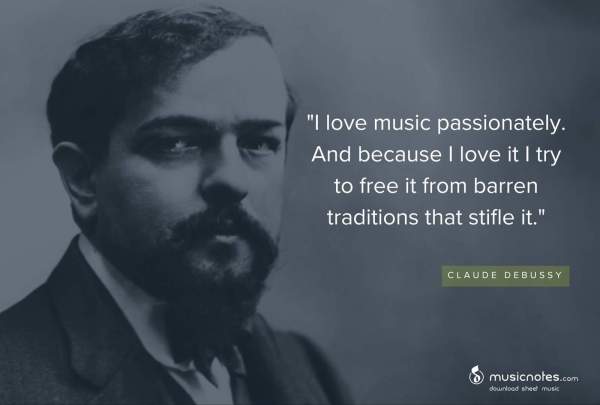As I write this, we are in the second month of pandemic distancing. This has wreaked havoc with religious and other organizations all over the world. I assume most US congregations are doing what ours has done: we’ve gone to using Zoom twice a week for a Sunday service (just one, as there are no longer space limitations) and a shorter Wednesday night vespers (a quiet, meditative half hour).
If you’ve used Zoom or Skype, you know that only one person can speak (or sing) at a time, which means that the most participatory part of corporate worship is now impossible. Yeah, we can all sing along, but we can’t hear anyone else besides the leader. It’s not the same.
That also means that choirs, bands, chanting circles, threshold choirs — all kinds of musical small-group ministry — are all dissolved for the foreseeable future. Man, that hurts.
So, what to do? The only thing I’ve seen that’s usable so far is “distanced ensembles”. This is where various people record their musical part for mixing together with others to form a band, choir, whatever. This then gets played over Zoom during a remote service (or loaded on YouTube or whatever).
We have used music videos from two programs (so far). One is an app called Acapella. This is for iOS devices (Mac); it’s allegedly available on Androids, too, but the reviews are among the worst I’ve seen, with almost universal complaints about bugs and lack of function, and one-star reviews. Which is a shame, because the results are quite nice. The producer can pick the number and layout of windows, then each participant records themselves on their phone or laptop into one of the windows. The result is a multi-window video of the kind you have no doubt seen by now. The final product can be quite satisfying, as it’s got the music along with close-ups of the performers. There doesn’t seem to be a lot of processing you can do on the track, though. (I’ll edit to correct this if I learn differently).
The second method we use is to record separate audio tracks and mix them together in a Digital Audio Workstation program such as Audacity or Garage Band. (Audacity is open source freeware for multiple platforms, Garage Band is included on many Apple products.)
Our sequence goes like this: the producer of the track creates a pilot track — usually a click track or computer-generated drum track — to set tempo and length. Then the players start adding their parts by listening to the pilot track on one device (e.g. phone) and playing along to record on a different device (e.g. computer). The individual tracks are then uploaded to a shared folder, then the producer downloads and mixes them in the DAW software. This is the way most popular music is recorded these days. That “guest solo” was probably recorded in London or Nashville and e-mailed to Los Angeles for mixing.
Our procedure is evolving, but at present it goes about like this: An intro measure is always included, and can be cut out for the final mix. For parts that don’t start on the first beat of the song, it’s very useful to have everyone count along with the pilot track’s click, so the producer can line the parts up easily. One singer clapped on beat 3 of the intro measure, which worked perfectly. The acoustic guitarist just hit muted strings on each beat. Then while listening to the basic track, the musicians record their own parts as separate audio files, which can be added to the mix, and tweaked as needed.
It’s important to have two devices for this, because often our computers or phones aren’t up to the task of playing back a basic track while recording a new line on top in perfect synchronization.
Then the producer imports the individual tracks into the DAW program, lines them up and starts processing them (equalizing volume, adding compression or reverb, removing noise, pushing certain parts forward in places, or pulling them down). Once the mix is balanced, the lead-in measure can be cut or silenced, overall volume adjusted so remove clipping, fade-out added, etc.
Our services always use video with the music, so the music must be imported into a video editor, along with some kind of visual — stock video of nature, photos of candles, etc. This is a different skill, so you may have to scour the congregation for someone who knows how to or is interested in doing this part, if you want to always used videos. If not, you can add a photo as the “album cover” of a MP3 and that’s what will show in the media player when the song is played back.
As always, be aware of copyright issues when recording and streaming music. If your church doesn’t have a blanket music license, look into getting one. It’s going to be a necessary expense for a good while to come; the costs are based on the average attendance, so it should be affordable. Plus, it’s the right thing to do, and that’s what we’re all about.
If you’ve already done this kind of recording, I imagine your procedure is very similar. If you have different processes, or improvements to share, or use different programs, please put them in the comments!
As of early May, there’s a Facebook group for UU online collaborative recording:
https://www.facebook.com/groups/707093736767297/ This group seems to be tending towards musicians from different congregations creating something by this method.
_________________________________________________________________
(NOTE: Because of the copyright issues, I don’t think I can share our recordings here — sorry!)



